In the context of strong digital technology development and increasing demand for health care, remote health examination is gradually becoming a popular trend.
In the context of strong digital technology development and increasing demand for health care, remote health examination is gradually becoming a popular trend.
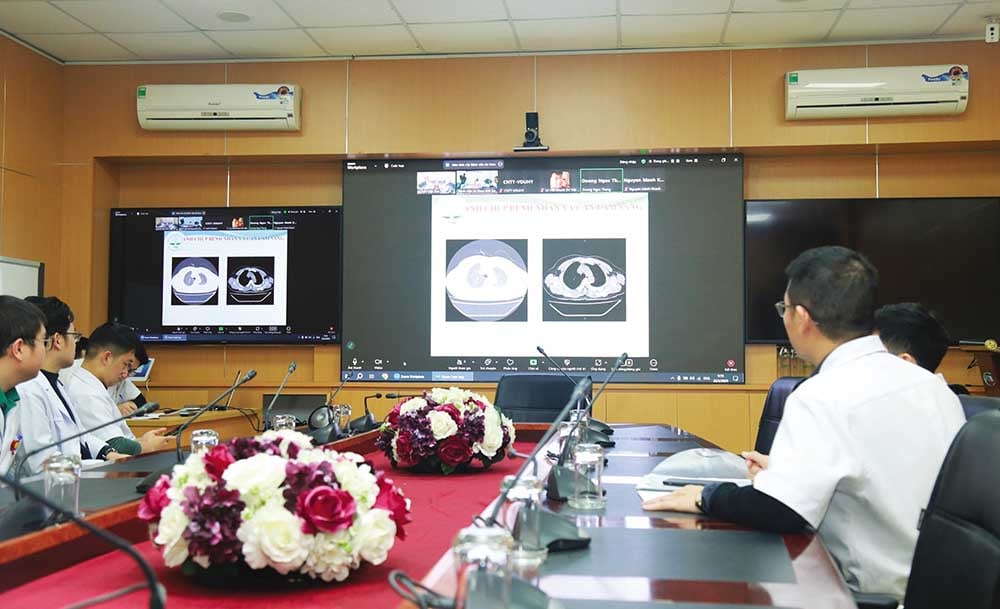 |
| Applying technology to remote health examination helps provide quality medical services, saving time and travel costs for patients. |
Remote patient care in emergency situations
According to information updated on February 22, 2025, a serious traffic accident occurred in Son La province, when a sleeper bus collided with a tractor-trailer. The accident left many people seriously injured, some of whom were transferred to Viet Duc Friendship Hospital for further treatment.
Viet Duc Friendship Hospital has coordinated with Son La Provincial General Hospital to conduct remote emergency consultations via the telemedicine system (remote health examination), determine optimal treatment plans and receive patients needing intensive treatment.
Previously, after a major storm, a female patient buried under rubble in Van Yen town (Yen Bai) was discovered in critical condition. Through the telemedicine system, doctors at Viet Duc Friendship Hospital quickly determined the patient's condition and coordinated timely emergency and treatment plans.
Telemedicine is the delivery of medical services remotely via technology platforms through video, audio, images or electronic data, allowing patients to access medical examination and treatment services without having to go directly to a medical facility. Forms of telemedicine can include video consultations, sending remote tests, or monitoring patients via smart medical devices.
Telemedicine helps patients save time and travel costs, especially for those who live in remote areas or cannot go to the hospital due to unstable health conditions. Telemedicine helps connect patients with doctors, without having to wait long or go to the hospital.
 FPT Corporation will use platforms and technological capabilities to build appropriate models; integrate AI technology into healthcare processes for convenient access for people.
FPT Corporation will use platforms and technological capabilities to build appropriate models; integrate AI technology into healthcare processes for convenient access for people. 
- Mr. Nguyen Van Khoa, General Director of FPT Corporation
By connecting patients with specialists via an online platform, telemedicine helps provide quality medical services, even if the patient is not near a major hospital. In particular, many diseases can be detected early through continuous remote monitoring. In the treatment of cardiovascular diseases, many patients can have their health status monitored through smart wearable devices such as heart rate and blood pressure monitors. Data from these devices is sent directly to doctors, helping doctors make timely treatment decisions without the patient having to go to the hospital.
According to medical experts, telemedicine is an ideal solution for caring for patients with chronic diseases such as diabetes, high blood pressure or cardiovascular disease. Patients can receive regular health consultation and monitoring without having to go to the hospital for each follow-up visit.
Since 2020, the Ministry of Health has coordinated with the United Nations Development Program (UNDP) and international organizations such as the Korea Foundation for Healthcare (KOFIH) to implement a telemedicine program in remote areas. The program uses the Doctor for Every Home software in 8 provinces of Ha Giang, Bac Kan, Lang Son, Thua Thien Hue, Quang Ngai, Binh Dinh, Dak Lak, and Ca Mau. The positive results have prompted the Ministry of Health to cooperate with UNDP and KOFIH to implement the Telemedicine Application Project to increase access to health services for disadvantaged groups in Vietnam in 10 disadvantaged provinces.
Ms. Ramla Khalidi, UNDP Resident Representative in Viet Nam, emphasized that digital technology will help improve the quality of healthcare at the grassroots level, helping people in remote and isolated areas easily access essential health services. This program is a clear demonstration of how digital transformation in the health sector will open up opportunities for disadvantaged groups, helping them not to be left behind.
Prioritize investment in technology
Telehealth brings many obvious benefits, most clearly demonstrated during the Covid-19 pandemic. This model helps reduce travel costs, reduce the burden on medical facilities, and provide opportunities for people in remote areas to access quality health care services, without having to travel to medical facilities.
Mr. Vuong Anh Duong, Deputy Director of the Department of Medical Examination and Treatment Management (Ministry of Health), said that the application of technology in remote medical examination and treatment helps doctors monitor the health status of patients more regularly, thereby improving treatment efficiency and minimizing risks. Electronic health records (EMR), the application of artificial intelligence (AI) in diagnosis and remote monitoring devices... are tools to help improve the quality of health care.
However, implementing telemedicine in Vietnam is not easy. According to a survey by the Ministry of Health, about 40% of district-level hospitals do not have the necessary technological infrastructure such as stable Internet and smart medical equipment to deploy telemedicine services.
To address the above issues, health experts have proposed a number of important solutions. First, it is necessary to increase investment in technology infrastructure, especially in rural and mountainous areas where network connections and equipment are weak; ensure stable Internet networks and advanced medical equipment to effectively deploy remote health care services.
In addition, training for doctors, nurses and medical staff on the use of technology in remote medical examination and treatment will help medical facilities deploy remote health care services effectively. In addition, hospitals and medical facilities need to have measures to secure patient information during remote consultation and treatment, ensuring the safety of medical data.
Source: https://baodautu.vn/mo-rong-phu-song-y-te-tu-xa-d249218.html



![[Photo] General Secretary To Lam attends the 80th Anniversary of the Cultural Sector's Traditional Day](https://vstatic.vietnam.vn/vietnam/resource/IMAGE/2025/8/23/7a88e6b58502490aa153adf8f0eec2b2)


![[Photo] Prime Minister Pham Minh Chinh chairs the meeting of the Government Party Committee Standing Committee](https://vstatic.vietnam.vn/vietnam/resource/IMAGE/2025/8/23/8e94aa3d26424d1ab1528c3e4bbacc45)




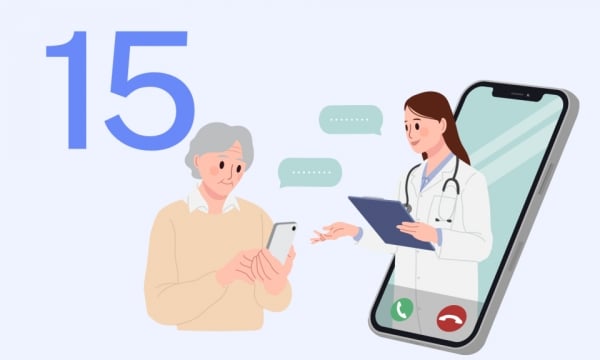

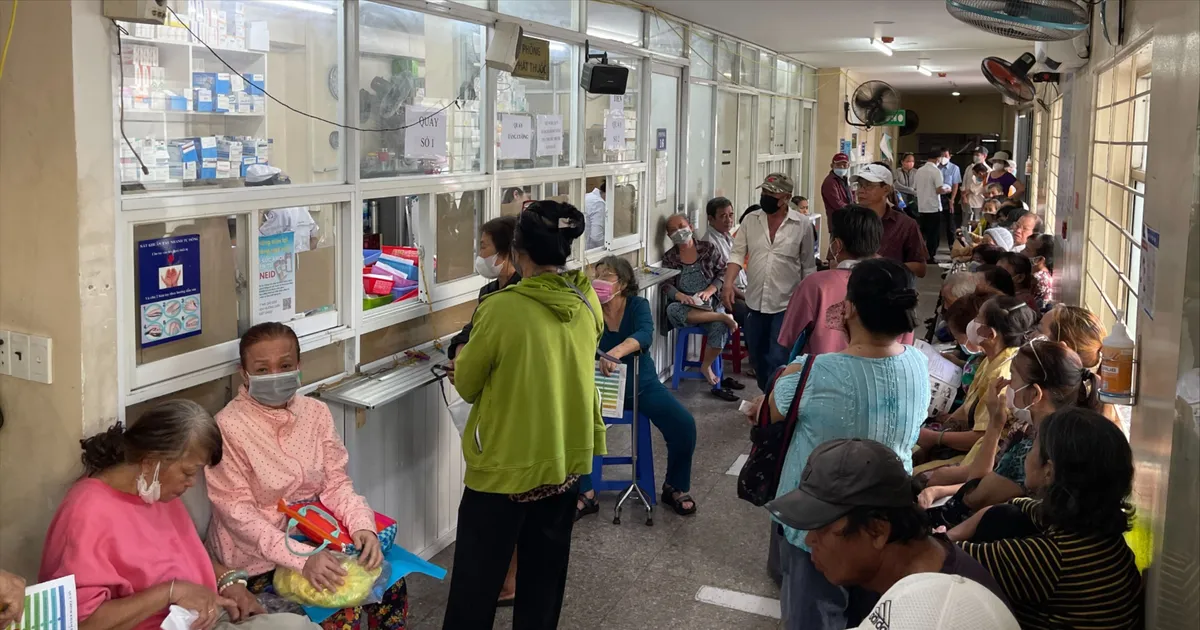

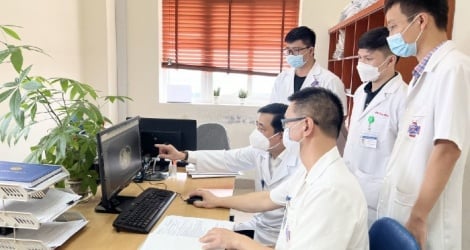
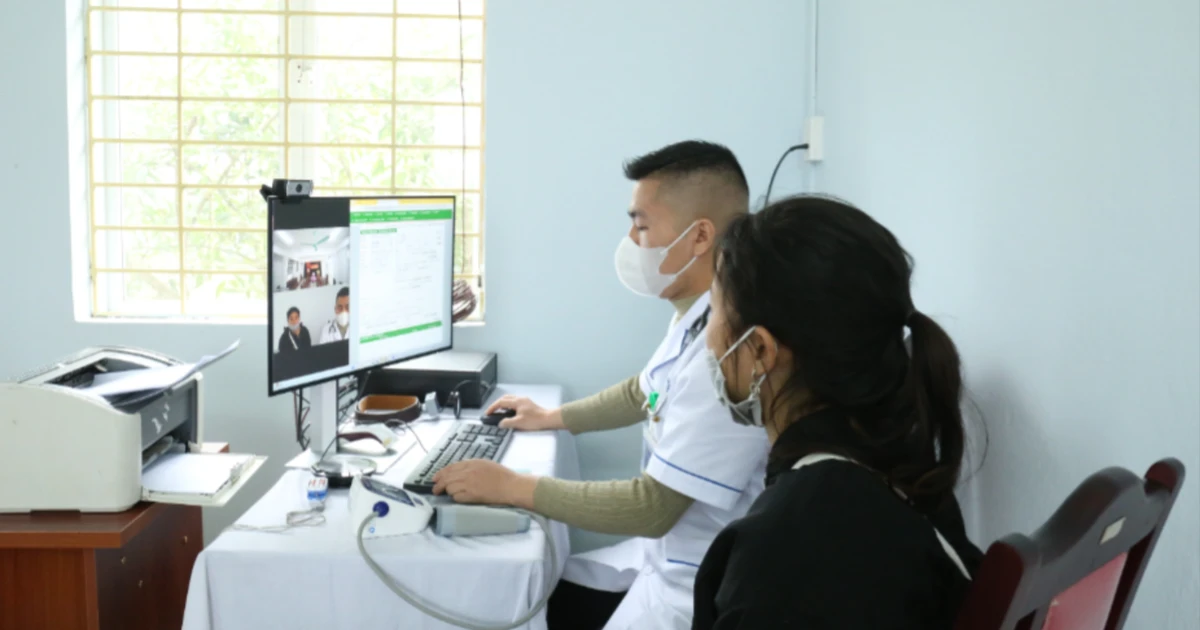

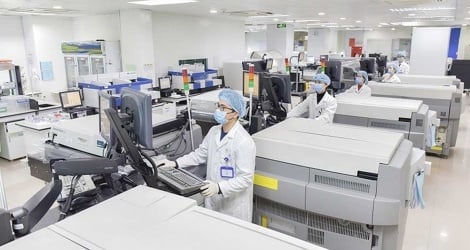
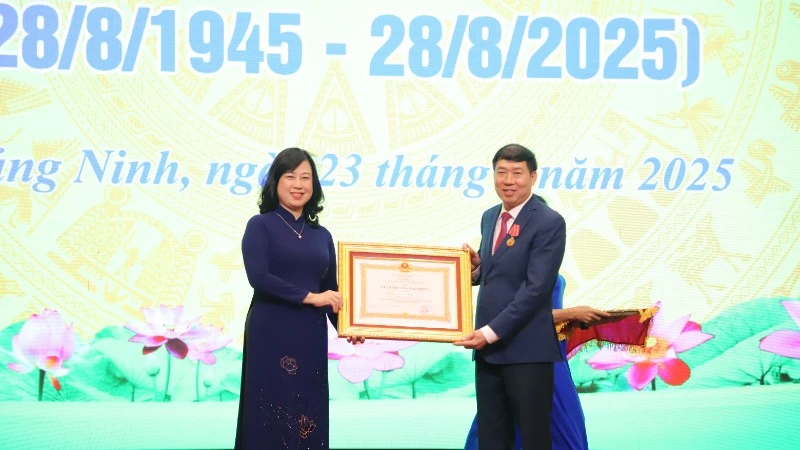

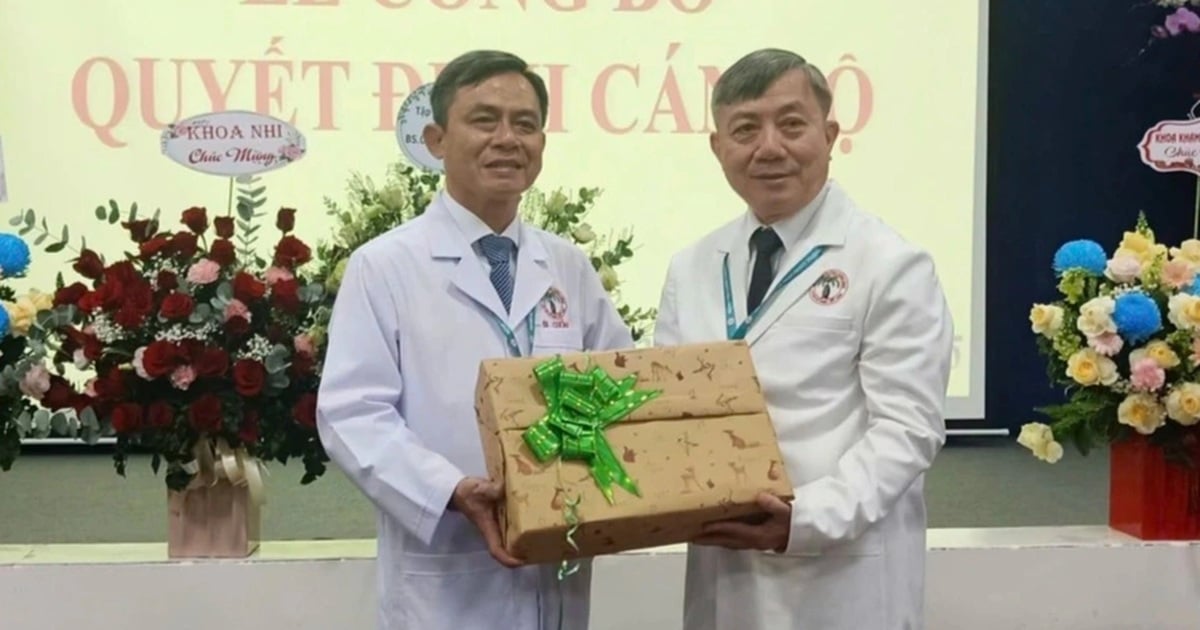

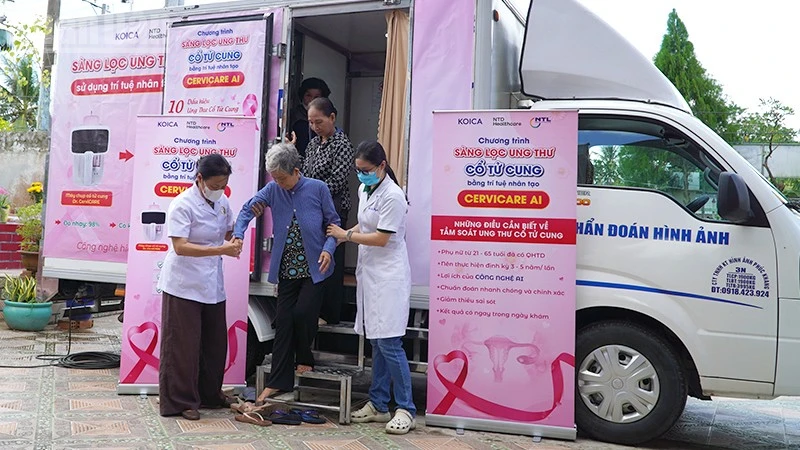













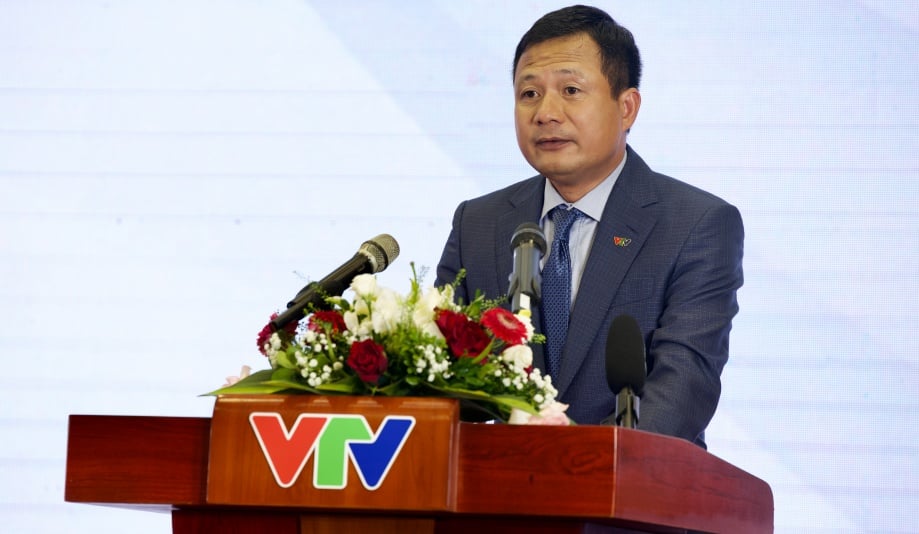





































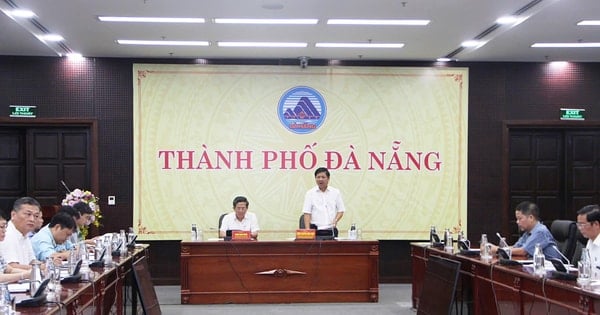



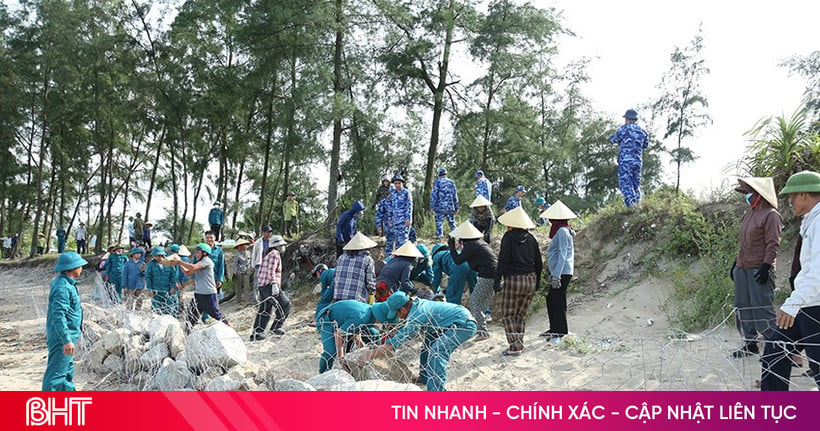



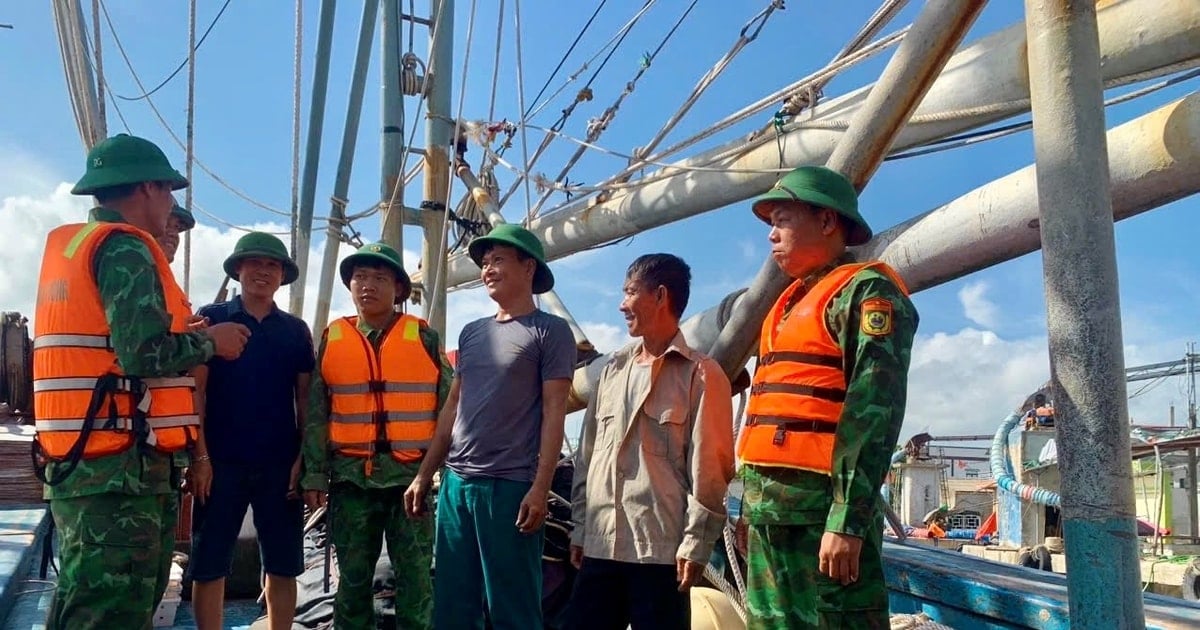















Comment (0)